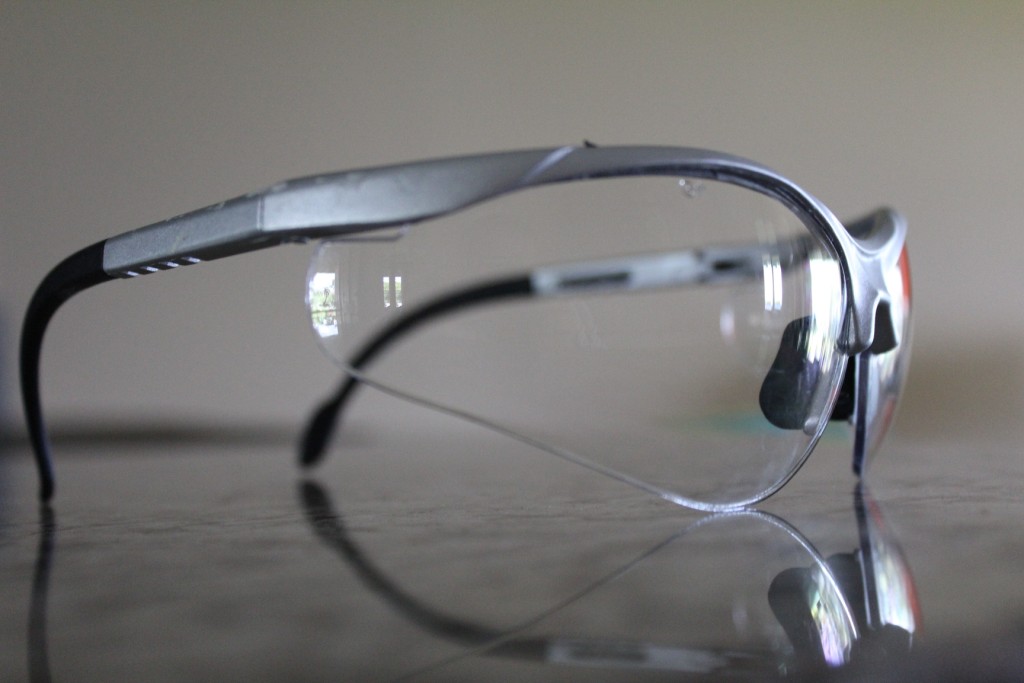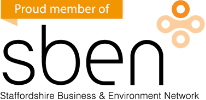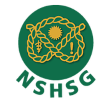A focus on eye protection

Vision is possibly our most valued sense and yet whether at home or at work, people often neglect those squishy orbs that allow us the privilege of near perfect 20:20 vision. Here's your lowdown on eye protection to help you keep yours safe.
Firstly; "Do I have to pay for my own eye protection?"
No, as with any RPE, employers cannot levy charges when it comes to items issued in the interests of protecting your safety and health.
Weather you require a face shield, goggles, safety glasses, safety glasses with prescription lenses or anything in between your employer cannot and should not charge you for PPE.
Now that's out of the way; "What type of eye protection do I need?"
Before relying on PPE, can you make the process or substance safer by design? You've got to look at the hazard and decide how you can be harmed. Here are some examples of how your eyes could become damaged...
- A blow or impact to the eye, walking into a scaffold pole for example.
- Scratches and abrasions caused by the ingress of dust, dirt, swarf or other solid particles, hopefully not as speed!
- Penetrating or cutting injuries from foreign bodies travelling at speed i.e. during the use of power tools.
- Chemical burns from exposure to substances harmful to health, usually in either solid or liquid form.
- Radiation exposure to damaging UV rays i.e. welding arc, lasers or even strong lighting or sunshine.
Certain PPE is better suited to protecting from certain hazards...
Good old safety spectacles or safety glasses are typically made of polycarbonate and have many advantages; comfortable, light, inexpensive, durable and most of all will offer good protection from impact and ingress injuries from lower risk level tasks such as the use of hand tools or general site activities.
Where powered hand tools are used such as cutting / grinding equipment or there is a likelihood of splashing, safety goggles would be more appropriate. These create a seal around the periphery of the eyes and are held in place by an elasticised head band.
Full face shields can be bulky however they do protect not only just the eyes, but the entire face. These are particularly appropriate for higher risk activities and can be very effective against protecting against UV rays in the form or welders masks, they are also great for keeping liquid droplets away from the skin & mucus membranes.
For added protection against multiple hazards and increased wearer comfort, it is always worth considering the use of combined PPE and or RPE. There are many options available to chose from such as full face RPE offering both respiratory, face and eye protection. Hard hats can be purchased to offer all or a combination of head, eye, face and hearing protection... Speak to your workforce, try a few designs and select the most appropriate PPE to the task, environment, hazard and not forgetting, THE USER!
"What specification eye protection should I use?"
A CE mark is always a good start, as is selection the appropriate harmonized standard, in this instance we shall focus on BSEN166:2002 and in particular the impact ratings.
Impact resistance is tested in laboratory conditions by firing steel Ball Bearings at the eye protection to rate & prove what impact speeds it can withstand.
- BSEN166 Part F withstands impacts of up to 45 m/s, acceptable for most general tasks
- BSEN166 Part B withstands impacts of up to 120 m/s, appropriate for most Angle Grinders and "Stihl" saws
- BSEN166 Part A will withstand impacts of up to 190 m/s (425 mph!!) and are usually reserved for higher risk sectors.
Take a look at your eye protection and see if its adequate for your job?
Also consider what additional features may be beneficial; sun tint, UV filters, anti misting, anti glare or anti scratch coatings and having a storage case is always a good idea to prevent damage & contamination.
Wearing eye protection.
Correctly specified and correctly worn eye protection will offer the wearer a good degree of protection to either eliminate or mitigate eye injuries.
Eye protection that is worn around your neck, covering your brow or protecting the dashboard of your van will offer you no protection whatsoever!
Wear your eye protection whenever you are required to do so, if site rules dictate, if your risk assessment tells you to or if common sense suggests that it's a good idea. Wear your eye protection every single time, even for very short jobs. You eyes are far too valuable and far too delicate to take chances with.
"I've injured my eye, what should I do?"
Let's say that you weren't wearing your eye protection, or maybe you were and yet you've still managed to injure your eye, what should you be doing... and please appreciate that this is general advice!
A very minor, frontal injury to the eye should usually clear after 24 hrs so see your first aider if you're in doubt. If its still causing pain or discomfort after this time then seek medical advice.
DO NOT apply pressure, touch or rub your eye, if there is a solid particle in there then you'll be making things a whole lot worse; it sounds hard to resist but please heed this advice.
If you have a large foreign body in your eye, do not remove it as again you could be making the situation a lot worse.
It is often appropriate to flush your eye to rid it of solid particles or chemical products. This should be done using clean, sterile water (ideally an eye wash station) for 10-15 minutes or until the pain eases.
It is advised to seek medical attention for all chemical eye injuries and it is always best to provide the medical team with the Material Safety Data Sheet (MSDS) for the product in use so that they can best assess & treat the condition.
Other instances where you should seek immediate, emergency medical attention would include bleeding from the eye, deformation of the eyeball, foreign bodies that cannot be washed out, cuts in OR around the eye, signs of infection, severe pain and loss or distortion of vision.
What should I do after an eye injury.
Keep the eye clean, protected and covered if advised to do so. Do not return to work if it will impede your recovery and consider your limitations if vision has not yet fully recovered.
If an eye injury has occurred when eye protection was being worn then it's time to go back to the drawing board, report and investigate the accident, select more appropriate PPE once this risk has been controlled / reduced by other means.
We're big advocates that good health and safety should be workable and common sense; please take a moment to reflect on how your life could be effected by an eye injury; a full or partial loss of vision would be devastating for many, not being able to enjoy the many privileges that we often take for granted... such as earning a living, driving, seeing you loved ones and savouring live sports on a 3D HD 5K TV!
If you like our articles, please feel free to share them by clicking on the tab(s) below.
Tweet More Articles











